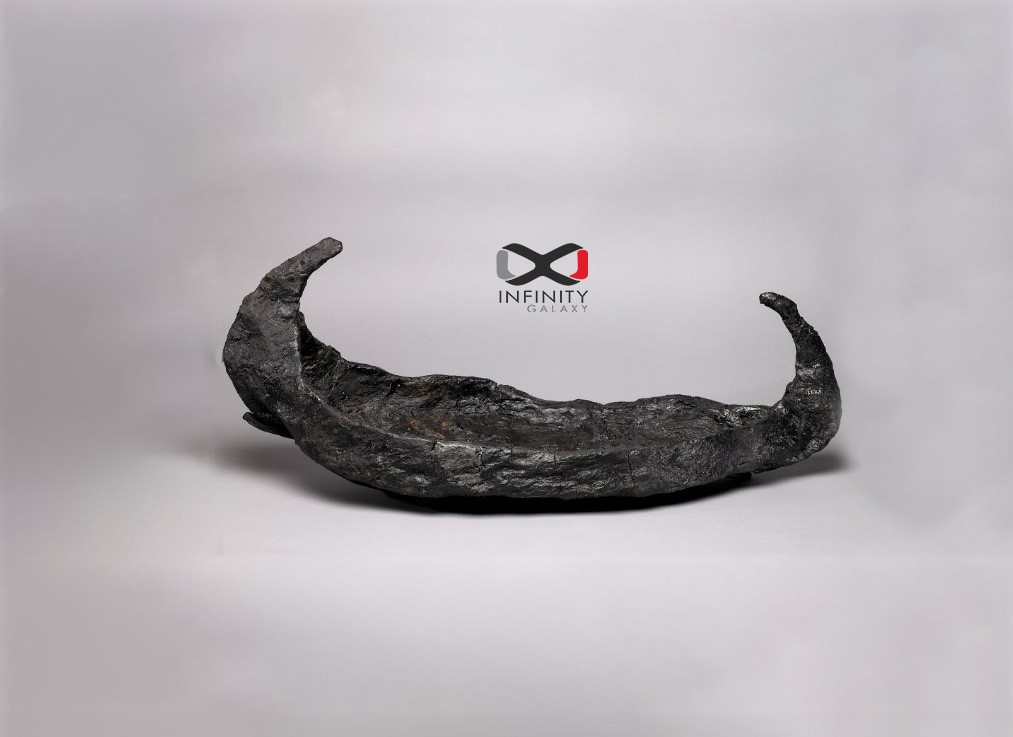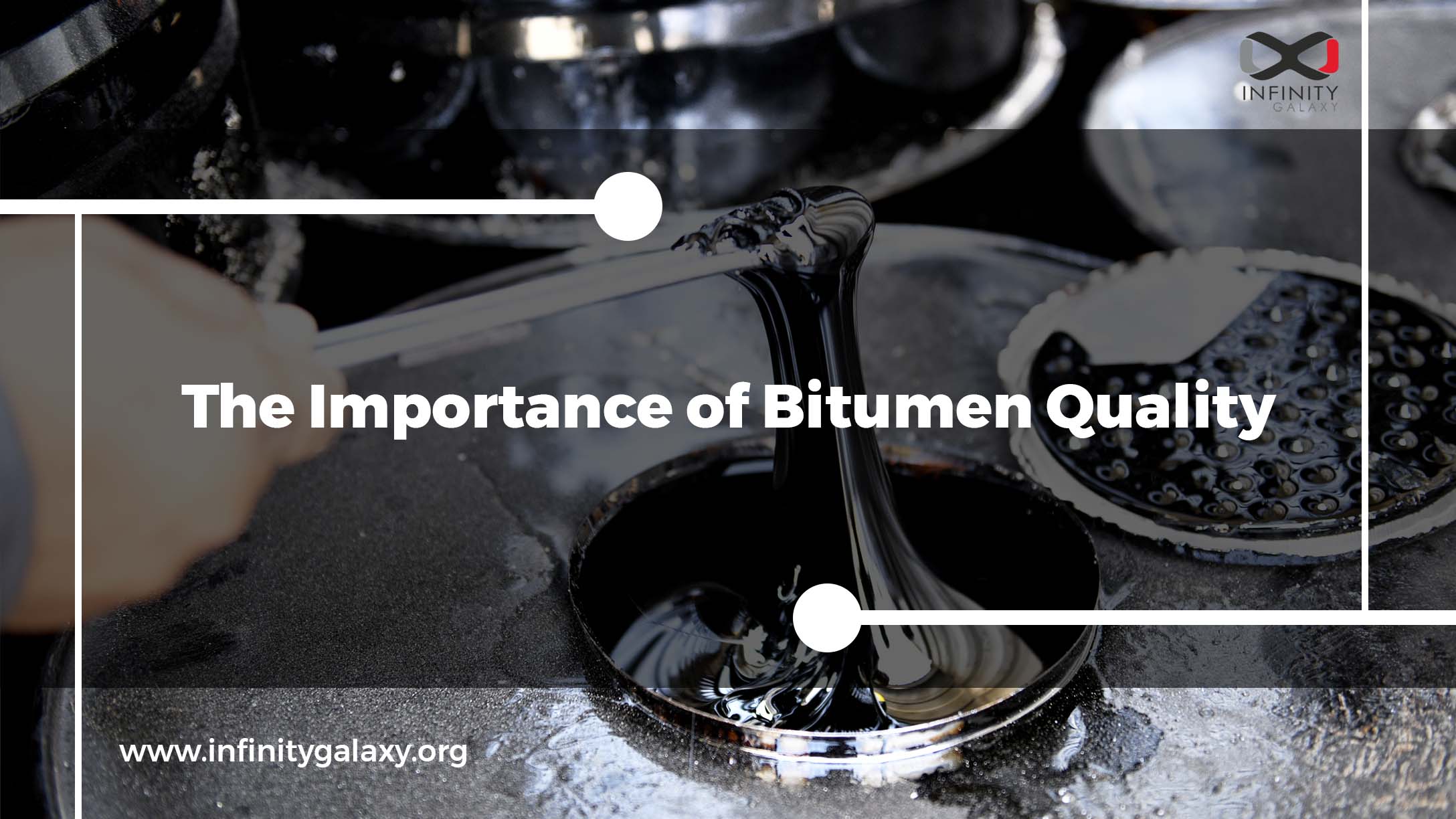An ancient but natural petroleum that built many old boats more than 4000 years ago
Everything we know as bitumen, has its roots in the Middle East. The ancient region was filled with natural resources of bitumen, which was a great substance for construction of buildings and water-proofing of boats.
Archeologists call Mesopotamia a landscape of waterways. Boats were widely used for transportation at the time, and to make this public mode of transportation safer, our ancestors used to waterproof boats with bitumen. It is interesting to know that the earliest reed boat discovered to date was coated with bitumen in Kuwait, dated about 5000 BC.
A little black boat coming from Southern Mesopotamia shows bitumen has been used in the area for more than 4000 years.
Bituminous Boat Model in British Museum
The ancient region was a landscape of lagoons and waterways, and boats were one of the easiest forms of transportation. They were made from reeds, skins or wood, and could be made watertight with bitumen, a petroleum product which occurs naturally in pools.
The little boat in the picture is made of a mixture of bitumen and earth and its length is 75 cm. Archeologists found this boat in one of the graves of a royal cemetery in southern Iraq. Similar model boats, made of metal or bitumen, have been found in other graves, including some of the ‘Royal Graves’. They are all simple in design though some have seats and punt-poles. When found, these model boats were loaded with vessels, presumably containing supplies. They may have been symbolically intended either for the dead person’s own use or used as a bait to lure away evil spirits.
Reports show that similar full-scale boats are still used in the marshes of south Iraq.

Natural Bitumen; Best choice for Waterproofing in Ancient Times
Earlier Middle Eastern found huge bitumen deposits in pitch lakes or bituminous stones and used it for a huge number of things: as a sealant or adhesive, building mortar, incense, decorative pigment and texture on pots, and in the mummification process.
Most noteworthy, bitumen was used for sealing and waterproofing of primitive boats. The earliest reed boat discovered to date was coated with bitumen in Kuwait, dated about 5000 BC; its bitumen was found to have come from the Ubaid site of Mesopotamia. For this reason, it has been argued that Ubaids became the first seafarers to be documented in history, thanks to waterproofed boats allowing them to venture further out to sea.
Ancient Deposits of Natural Bitumen Sounded Like gods!
You might be a little surprised to know that Mesopotamians valued bitumen deposits because they thought that gods live there. You are probably wondering why they thought that? The muffling noise they heard from bitumen sources, which was actually the sound of gas escaping from crevices, seemed like the muttering of gods.
How Our Ancestors Processed Natural Bitumen?
Natural bitumen is made up of 83% carbon, 10% hydrogen and lesser amounts of oxygen, nitrogen, and sulfur. It is a natural polymer of low molecular weight with a remarkable ability to change with temperature variations: at lower temperatures, it is rigid and brittle, at room temperature it is flexible, at higher temperatures bitumen flows.
To process natural bitumen, ancient Middle Eastern heated it until the gasses condense and it melts, then they add tempering materials to tweak the recipe to the proper consistency. At that time, processed bitumen was more expensive as a trade item than unprocessed, because of the cost of the fuel consumption.









